Shared Rural Network (SRN) progress update - September 2024
Published 12 September 2024

Summary
The Shared Rural Network (SRN) is designed to improve mobile coverage and boost connectivity across the UK. It is joint funded by the Government and the UK’s four mobile network operators (EE, Three, VMO2 and Vodafone), with the objective of delivering 4G coverage to 95% of the UK by December 2025. The programme will also improve coverage for an additional 280,000 premises and 16,000 kilometres of roads. It will lead to improvements in 4G coverage across all four nations, with the biggest uplifts in rural parts of Scotland and Wales.

The SRN consists of three separate parts:
-
to tackle Partial Not-Spots, areas where there is currently coverage from at least one but not all mobile operators, the four operators have been working together to upgrade and build new masts, including the sharing of infrastructure. It is a UK-wide intervention
-
the government is upgrading Extended Area Service masts being built as part of the Home Office’s Emergency Services Network. The majority of these masts will be made available for all four mobile network operators to use, improving connectivity in hard-to-reach places across Great Britain
-
the government is also funding new masts that will be shared by the four mobile network operators in Scotland to tackle Total Not-Spots, areas where there is currently no coverage from any mobile operator or emergency services cover

Progress
-
the SRN has already delivered substantial improvements to outdoor 4G mobile coverage across the UK. 4G coverage from at least one operator has increased from 91% at the start of the SRN programme to 94.9% according to Ofcom coverage reporting [footnote 1]
-
4G geographic coverage from all four mobile operators has increased to 78%, up from 66% in 2020
-
between March 2020, when the SRN started, and April 2024, over 4,000 square kilometres, equivalent in size to the Cairngorms National Park, have received 4G coverage for the first time. In addition, 15,000 square kilometres across the UK – almost the size of Northern Ireland – went from having partial coverage to getting coverage from all four mobile network operators
-
mobile network operators frequently report on new coverage they have delivered. Since the start of 2024, operators have announced progress in locations including North Yorkshire, the Isle of Skye, Shetland and many others
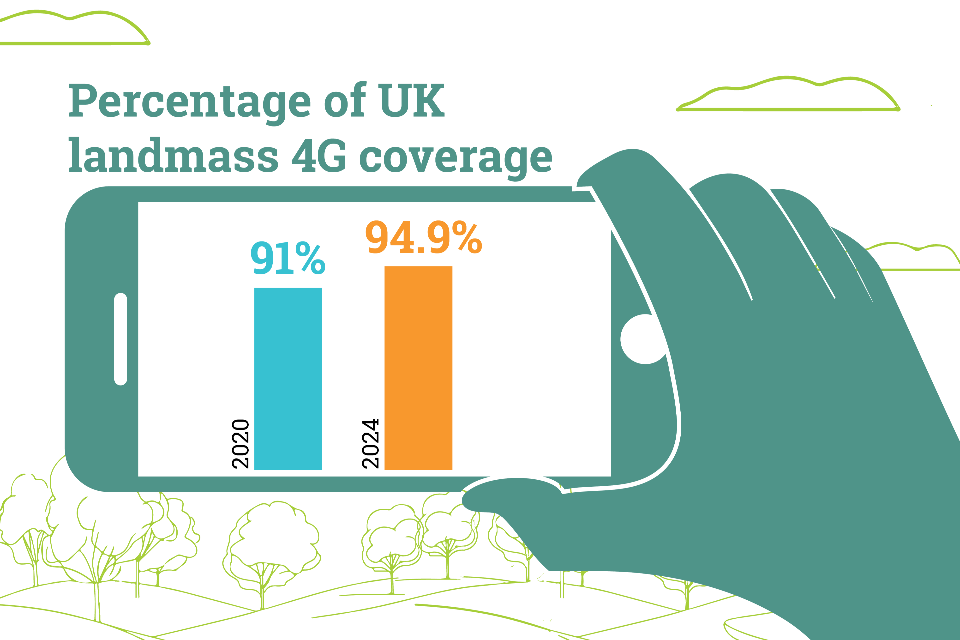
Partial Not-Spot (PNS)
-
the four mobile network operators report to have spent over £500m to extend their 4G networks, deploying hundreds of new sites and upgrading thousands of others with a combination of additional spectrum and higher operating power
-
this part of the programme was due to be completed in June 2024. Ofcom is responsible for measuring each operator’s coverage to ensure they have met the individual coverage requirements under their license obligations. On 12 September Ofcom noted that 3 of the mobile network operators had met their obligation by the target date, and that the remaining operator’s coverage would be assessed over the coming months.
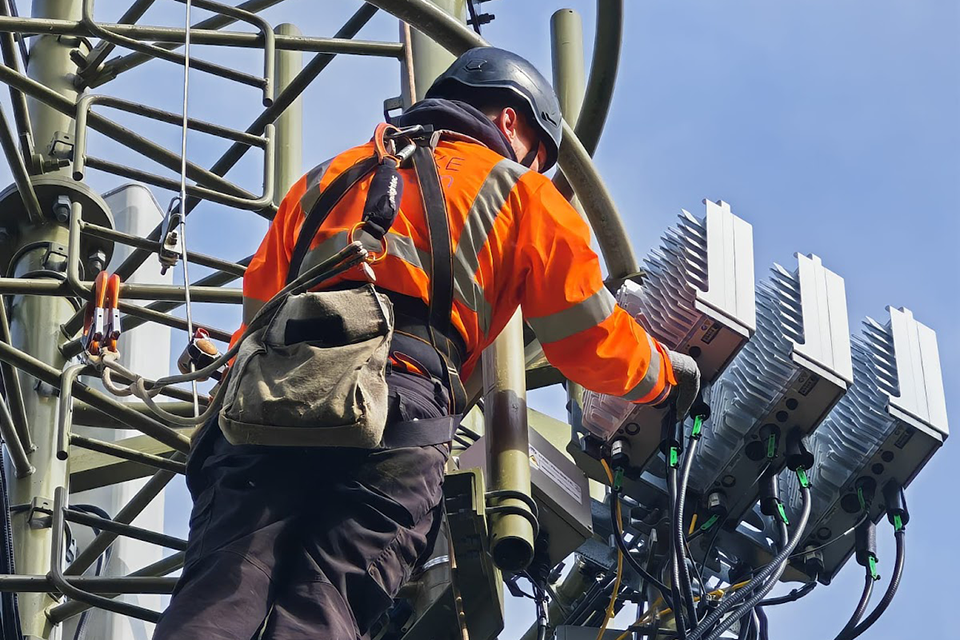
Mobile network operator progress
Virgin Media O2
In June 2024, VMO2 reported that Glencoe Mountain Resort became the 227th site to benefit from improved 4G coverage. The mountainous site is over a kilometer above sea level, making it the highest mobile mast standing in the United Kingdom today. The operator faced significant challenges building the remote site, with extreme weather conditions making delivery exceptionally difficult. Glencoe is a National Nature Reserve and a major tourist attraction for mountain climbing and hiking, as well as home to endangered species, including golden eagles and ptarmigans.

Vodafone
Vodafone has reported that it has successfully introduced 4G to more than 400 rural locations through the Shared Rural Network programme, bringing coverage to more than 17,000 square kilometres of the UK, which is greater in size than the area of Yorkshire. This includes areas such as Church Stretton in rural Shropshire.
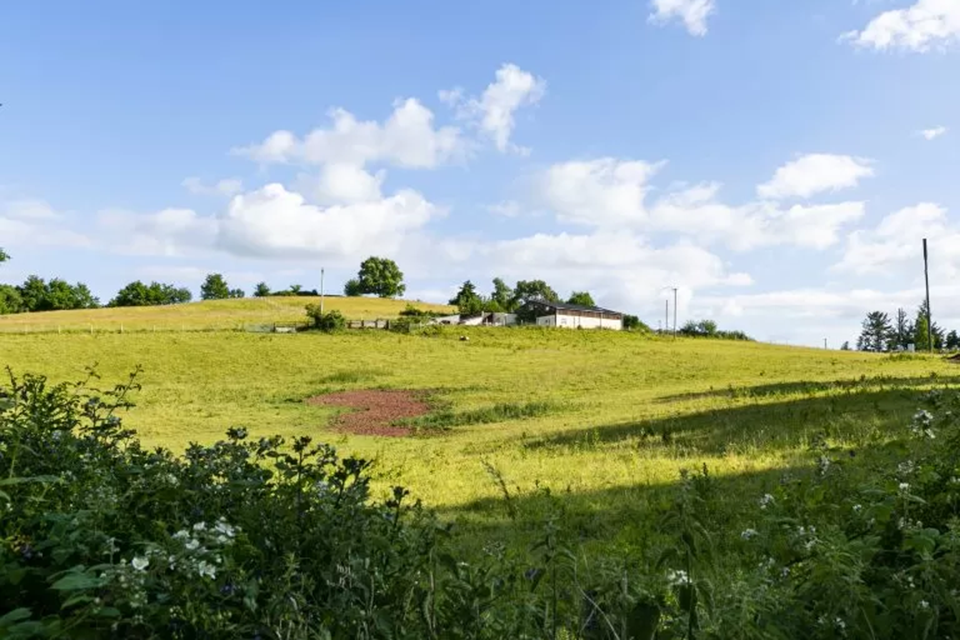
BT / EE
EE’s delivery of the Shared Rural Network has involved upgrading or building more than 1,600 masts across the UK. This included improving 4G connectivity in rural parts of North Yorkshire, strengthening coverage for residents, local businesses and the emergency services in places like Chapel-le-Dale, Rievaulx, Blubberhouses, Danby Wiske and Terrington, as well as along transport routes including the A59, A167, and B1257. Scenic tourist sites like Fewston Reservoir and Ingleborough Mountain – including large parts of the popular Yorkshire Three Peaks route – now have reliable 4G coverage as part of these upgrades.

Three
The Isle of Colonsay, located in the Inner Hebrides close to the Scottish mainland, is one of the locations that has benefitted from Three’s delivery of the Shared Rural Network. The island previously had no 4G coverage, but after Three installed a new mast, there is now 93% 4G network coverage on the island, transforming connectivity capabilities for over 150 premises in an area of 41 square kilometres.

Extended Area Service (EAS)
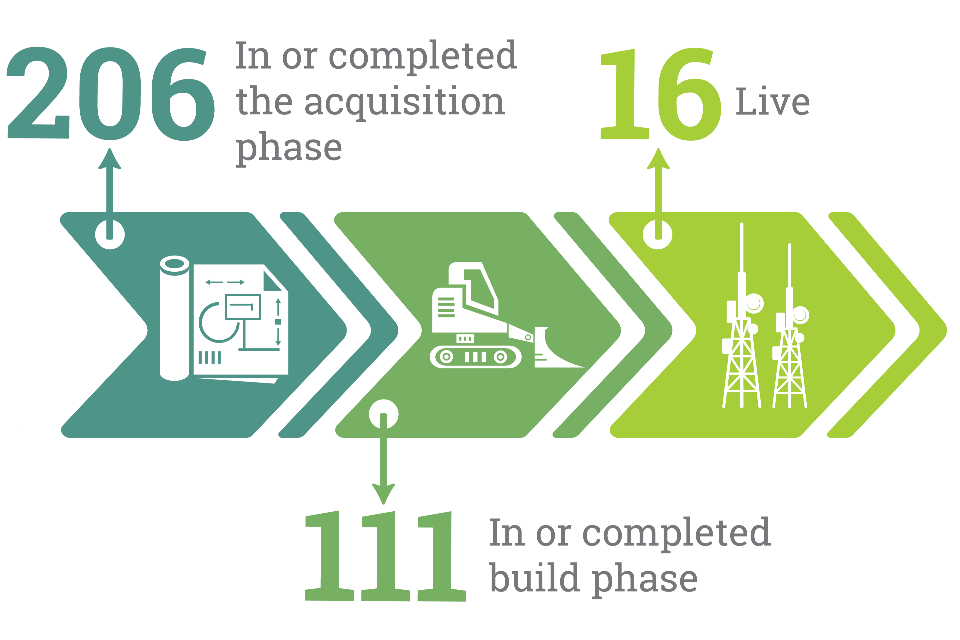
-
206 masts are either in, or have completed, the design and acquisition phase of the project, during which BDUK assesses each mast for value for money and the coverage it will provide.
-
111 masts are either, or have completed, the build phase, during which the masts are upgraded often extending the height of the mast to make space for all four mobile network operators to broadcast a signal from.
-
16 of those masts have now been activated, including 1 mast in Scotland, 2 in England and 13 masts in Wales. These masts are delivering new 4G coverage to areas in Lockerbie, the Lake District and across Wales.
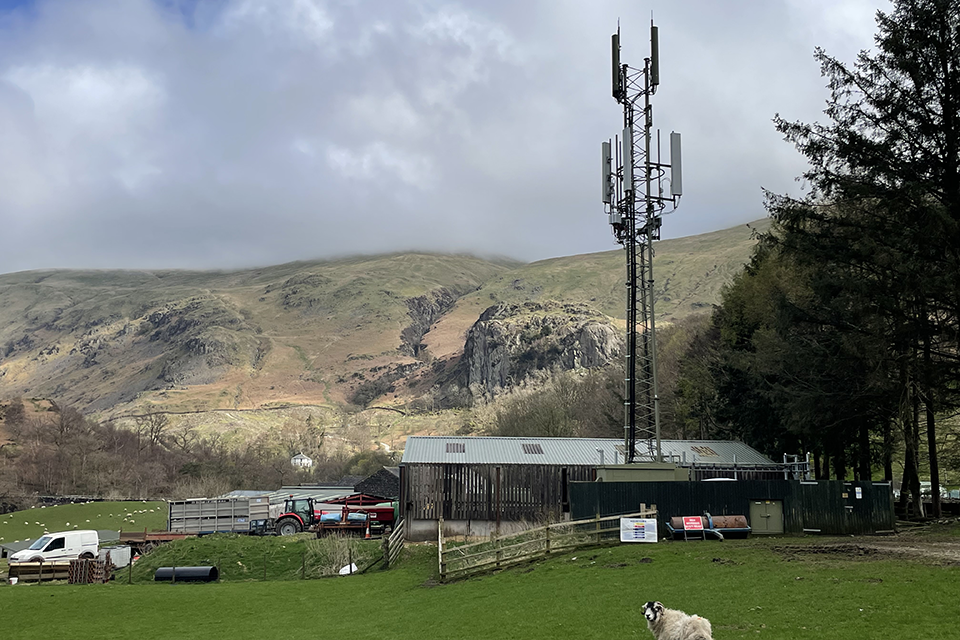
Site at Bridge End Farm, Thirlemere, Keswick, CA12 4TG. Activated on 09/04/2024 for SRN.
Total Not-Spot (TNS)
-
the mobile network operators and their suppliers are currently carrying out site suitability surveys to establish where masts should be located to deliver the best coverage. This includes engaging with landowners and agents to discuss access arrangements. The mobile network operators are also conducting wider stakeholder engagement to ensure community concerns and coverage needs are heard
-
the current plan for this part of the programme includes 260 masts, but we aim to achieve the obligation with fewer sites. A map of proposed mast locations can be viewed on the SRN website
-
in some areas, mobile network operators have started to submit planning applications for new masts to be built. As of June, 140 planning applications have been submitted and 2 TNS masts have had access granted and are in build. However, many mast locations are still to be finalised before they can progress to the planning stage, and delivery is currently scheduled to continue until January 2027
-
earlier this year, BDUK published a report detailing the benefits the SRN will deliver in the most rural parts of Scotland, available on the SRN website
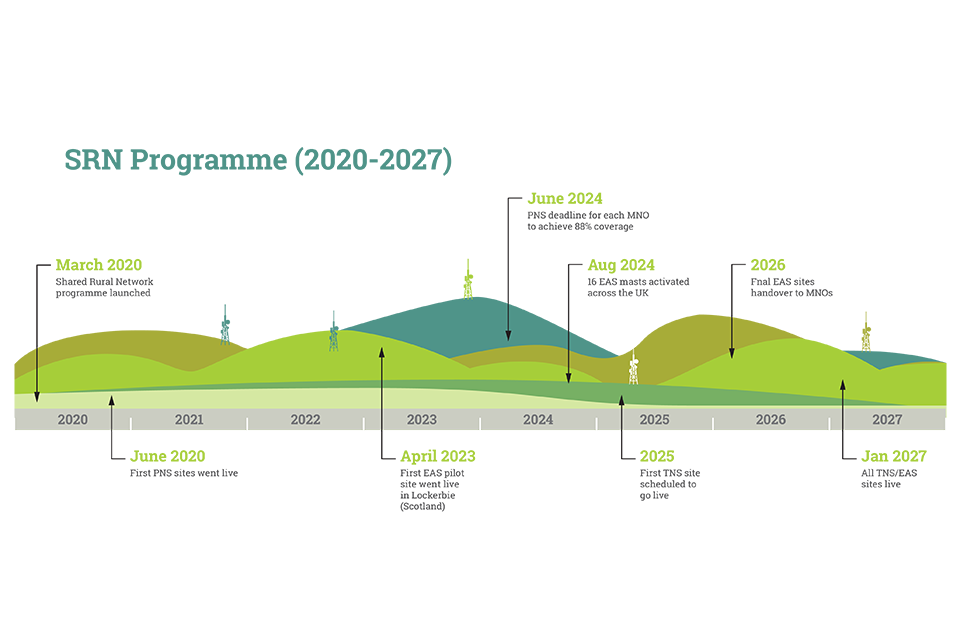
- March 2020 Shared Rural Network programme launched
- June 2020 First PNS sites went live
- April 2023 First EAS pilot site went live in Lockerbie (Scotland)
- June 2024 PNS deadline for each MNO to achieve 88% coverage
- August 2024 16 EAS masts activated across the UK
- 2025 First TNS site scheduled to go live
- 2026 Final EAS sites handover to MNOs
- January 2027 All TNS/EAS sites live
-
Ofcom is responsible for assessing and reporting on mobile coverage in relation to the SRN. Ofcom plans to analyse the additional road and premises coverage improvements by 2027. ↩
